For days 2 and 3 we hired a car to explore the rest of the island beyond the capital city. Rental car pricing in most parts of the world seems to be based on the dartboard method of randomly generating a price for any given day. In Japan, pricing seems to be based on a published price list that’s reasonably expensive by most standards, but special offers are then discounted from the full rate. Make a standard enquiry, receive the standard price. Quote a special discounted rate, and suddenly that’s the one you get. By chance we found a promotional leaflet for Nippon Rent-A-Car in a rack at the monorail station next to our hotel, with a special promotion available at the rental location just a couple of blocks away. With the help of the hotel concierge, we were able to make a reservation at the more than 50% off promo rate we found on the leaflet.

A word of warning to anyone ever contemplating driving in Japan: you must have an International Driving Permit from your appropriate national authority in addition to your drivers licence. No permit = no car. No exceptions.
The built-in satnavs are unusual in that your destination can be found by entering the telephone number. A flyer with a phone number for the place you want to visit is all you need to be on your way. No need to be able to read Japanese!
Former Japanese Navy Underground Headquarters
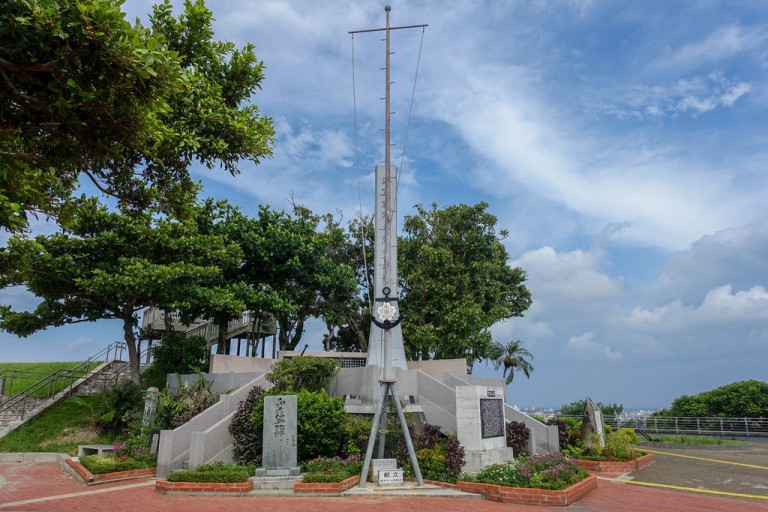
A short drive south of Naha, this tunnel complex was dug in 1944 by 3,000 men of the Yamane Division of the Japanese Navy Engineering Corps to serve as an underground headquarters . Its strategic location becomes apparent when you discover it is dug into a hill 74 meters above sea level with panoramic views that overlook the airport and the port among the other surroundings.
Tunnelled 20 meters deep and 450 meters in length in a semi-circular shape, the headquarters doubled as an underground air-raid shelter reinforced with concrete and supports to withstand heavy bombardment from the US forces and allow the defending Japanese military to resist by drawing out fighting for as long as they could. This technique of tunnelling into hillsides and caves was employed across the island, usually in a rudimentary fashion. These tunnels accommodated 4,000 soldiers during the Battle of Okinawa.
After the war, the site was left unaltered for many years, however after a number of soldiers’ remains were recovered, 300 metres of tunnels around the commanding officer’s room were restored and opened to the public in 1970. The visit starts at the visitor centre at the top of the hill before descending down underground.

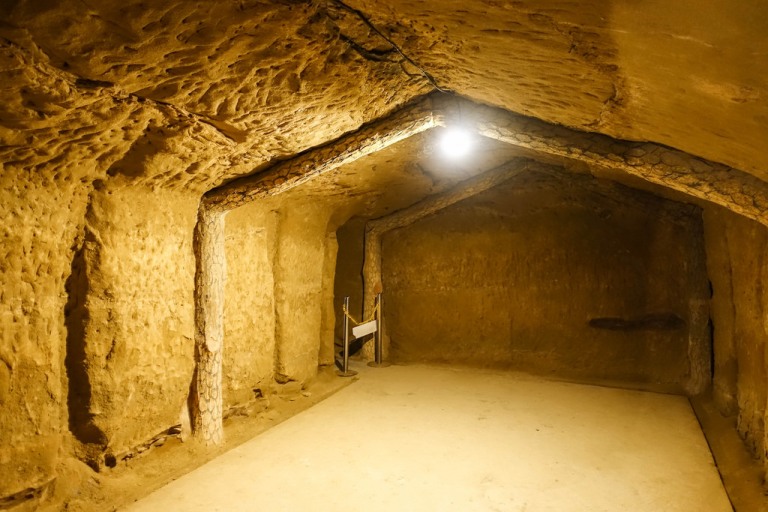
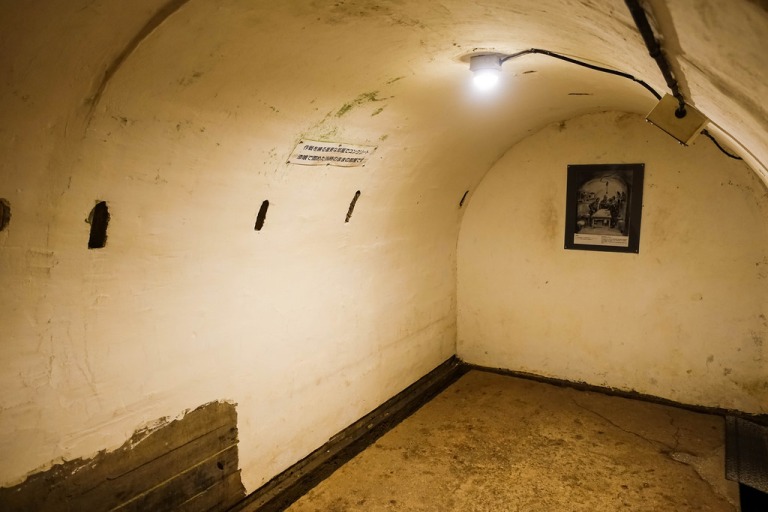
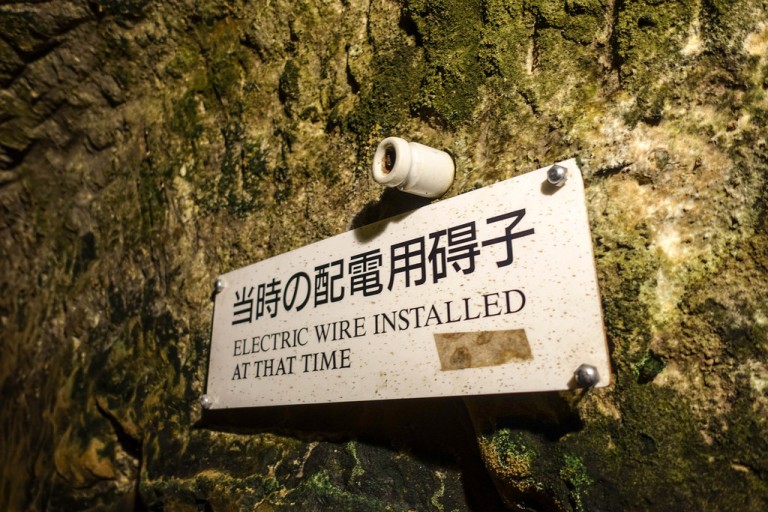
The rough rock surfaces show how the tunnels were dug out by hand.
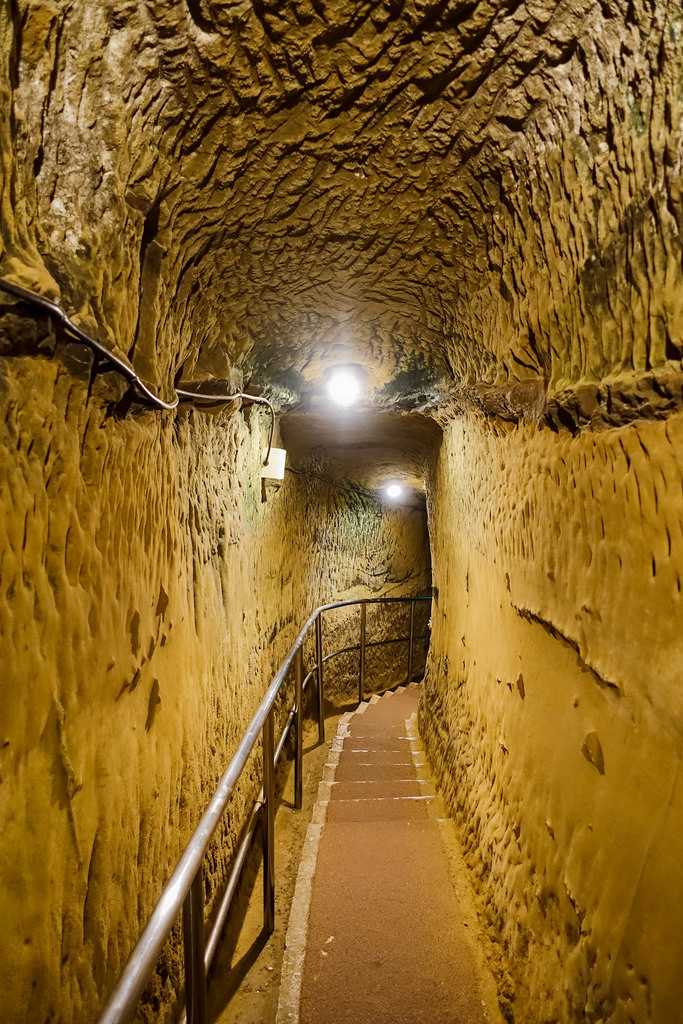
As the battle progressed and the Japanese loss began to seem inevitable, soldiers in the tunnels were forced by their superiors to commit mass suicide rather than surrender to the enemy.
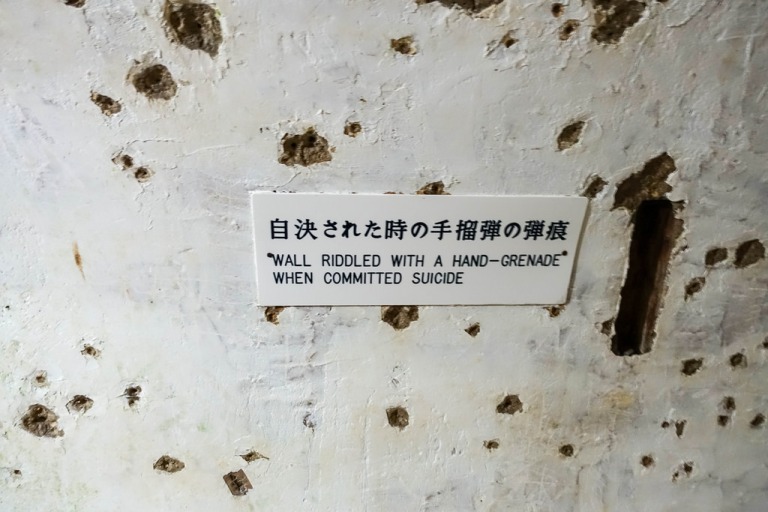
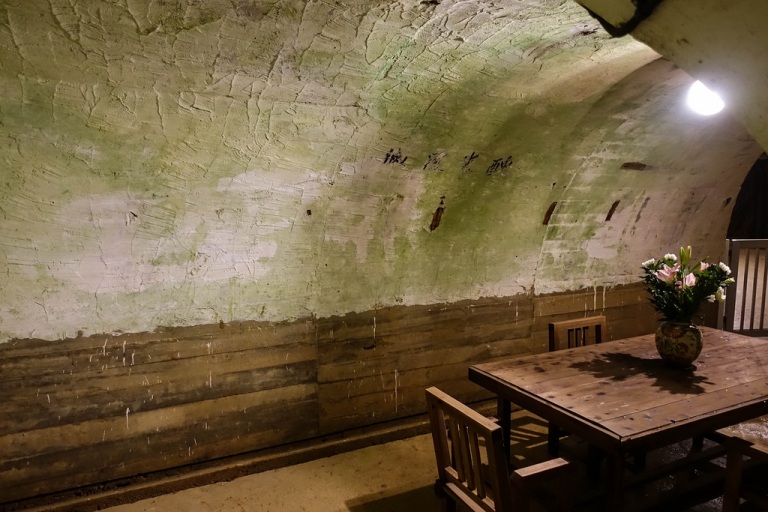

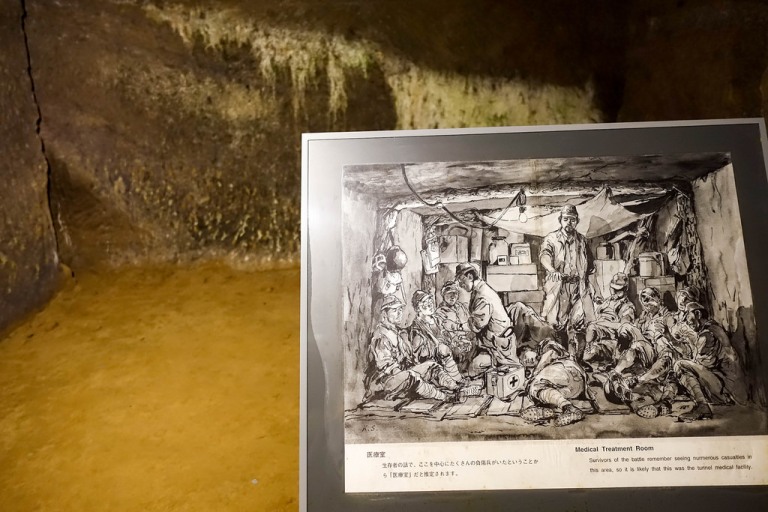
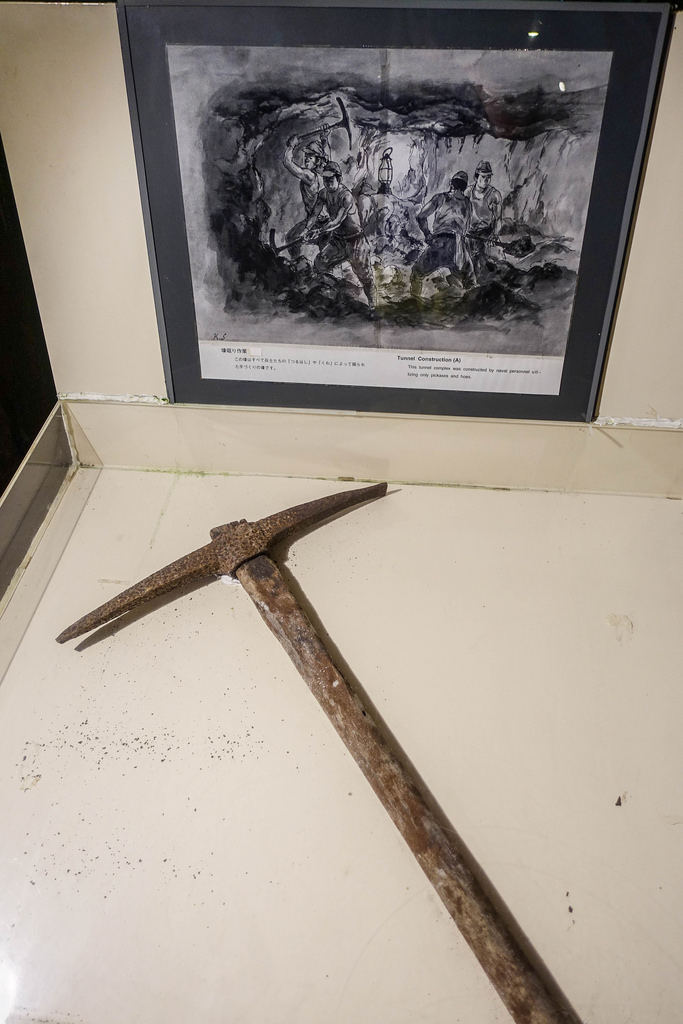
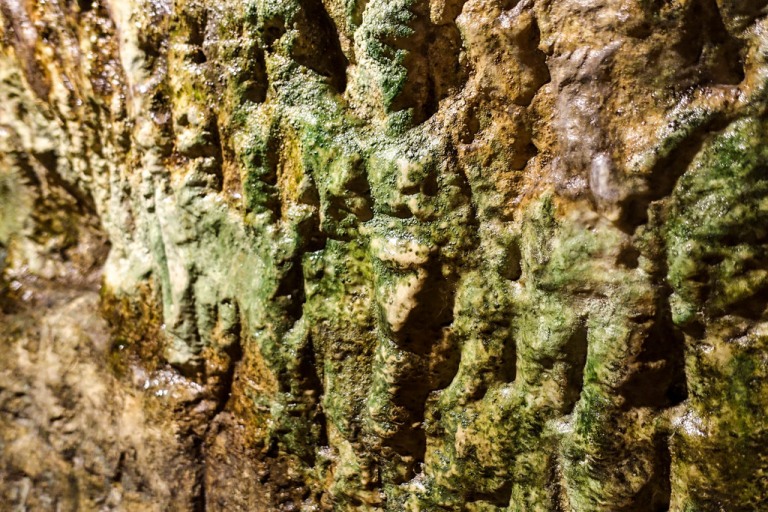
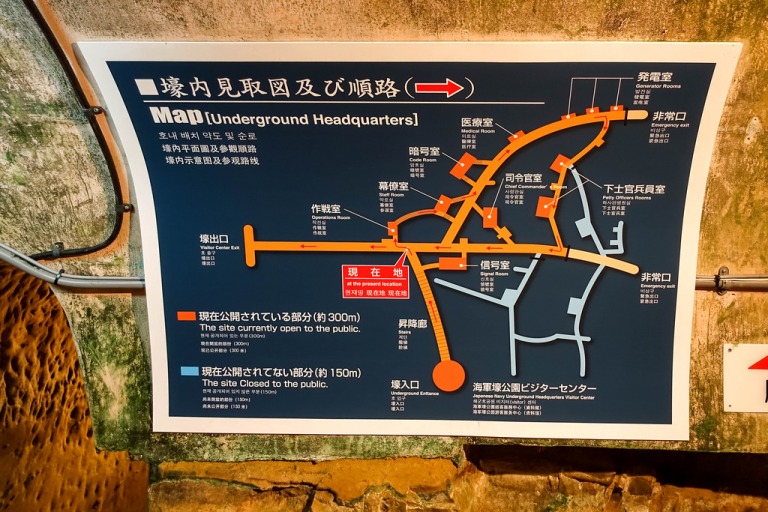
Okinawa Prefectural Peace Park & Museum
1 April 1945 was the start of the 82-day Battle of Okinawa, a major battle in the Pacific War between the US Marines and Army against the Imperial Japanese Army and Navy. The Allies planned to use Okinawa as a base for the planned invasion of mainland Japan. The invasion on the first day was the largest amphibian assault in the Pacific Theatre of WW2 and started the bloodiest battle of the war. The names of over 240,000 people who lost their lives are recorded at the memorial, including 149,000 Okinawa civilians.
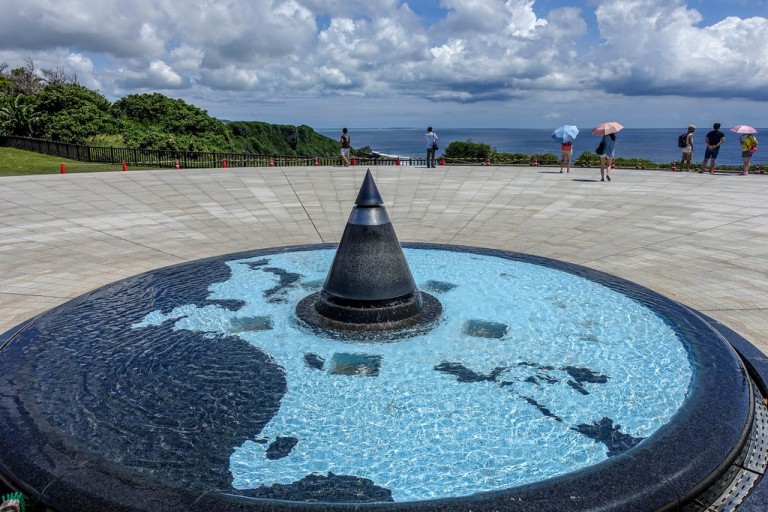
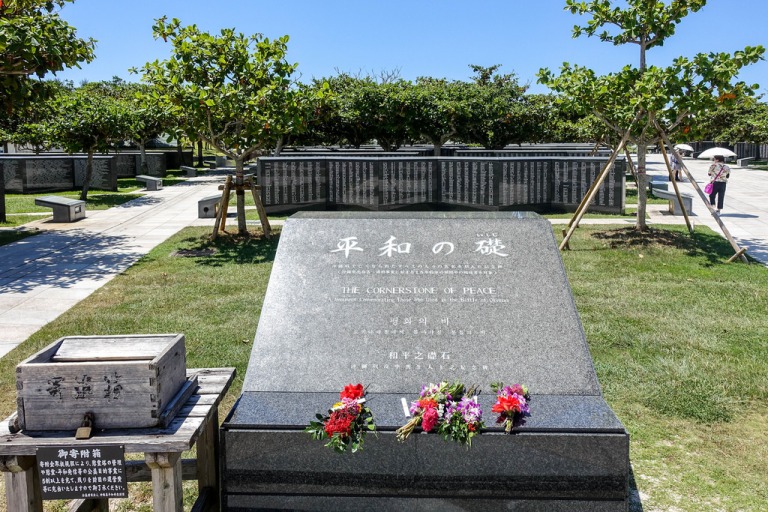
Names are inscribed at the Cornerstone of Peace. Opened to mark the 50th anniversary of the end of WW2, it’s a series of concentric arcs of black granite representing ripples radiating outwards.
“We the people of Okinawa, in marking the 50th anniversary since the end of the Pacific War, announce the construction of The Cornerstone of Peace. We feel the strong need to console the precious souls of all who were lost in the war and to pass the lessons learned from that tragic war on to the future generations. Furthermore, we hope that The Cornerstone of Peace will help spread the peaceful spirit of Okinawa and will contribute to everlasting world peace.”

New names are added to the memorial each year as the remains of the missing continue to be discovered and identified. To date over 6,000 names have been added since the memorial was first unveiled.

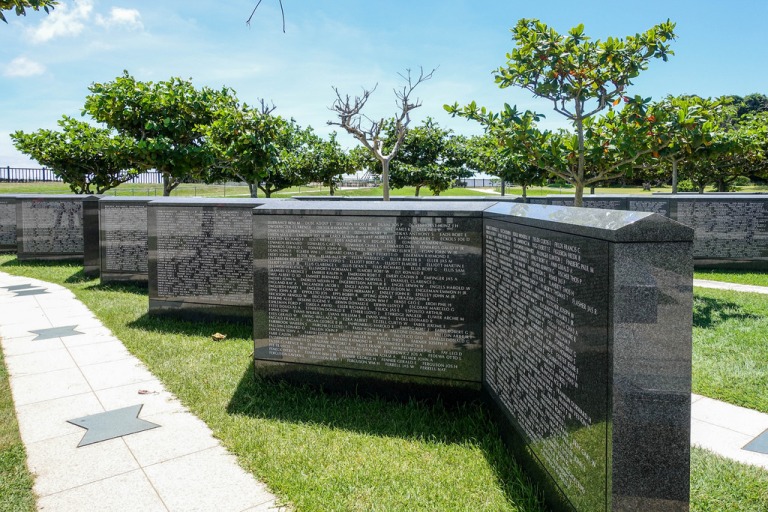

At the southern end of the park is a series of 46 memorial monuments from each of the other prefectures of Japan, each one uniquely styled to represent that prefecture in some way.
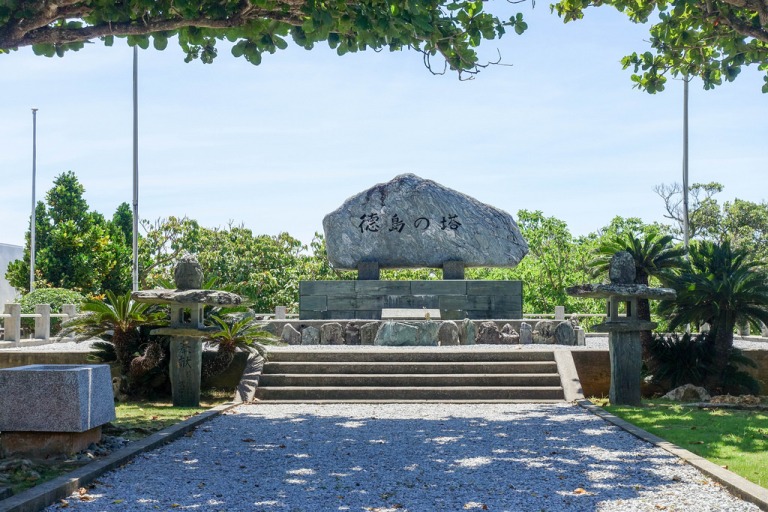
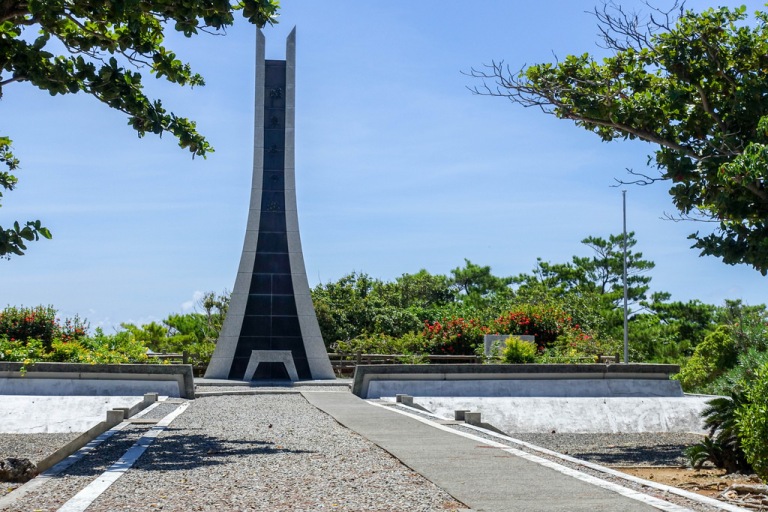
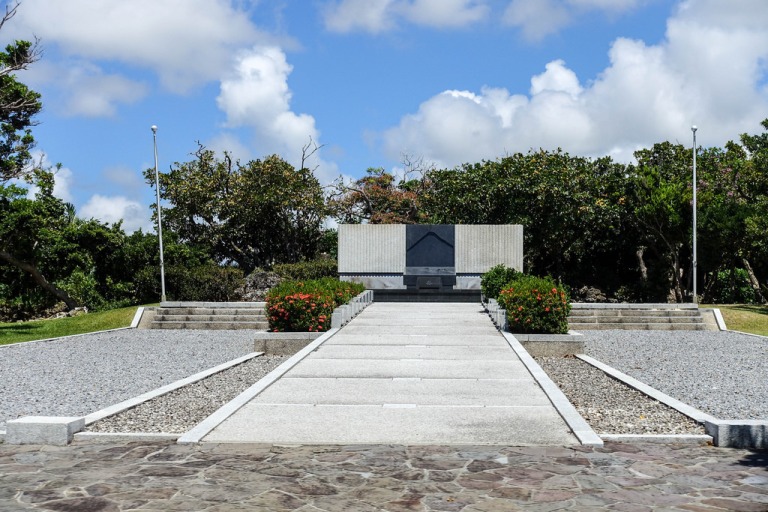
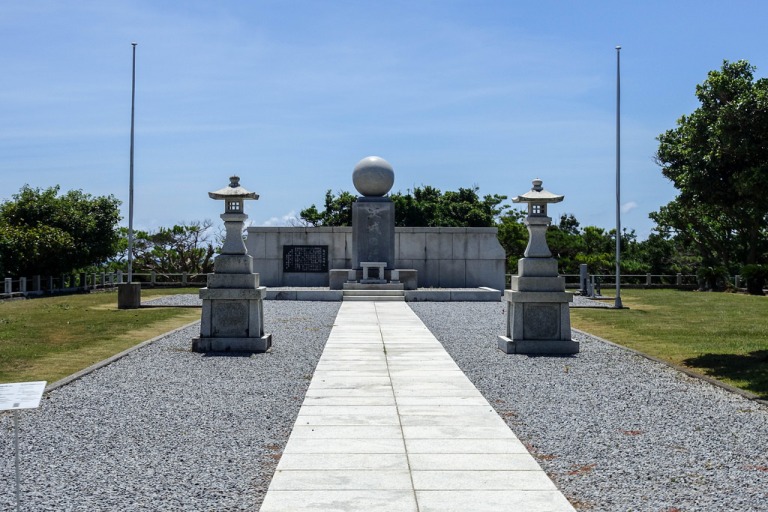

The best way to get around the park, especially on a hot day, is to hail a ride for 100 Yen on a shuttle. Money well spent.


The museum building comprises a series of rooms that delve into some of the specific elements of the Battle of Okinawa as well as the broader context within the war. The exhibition continues to cover the subsequent US military occupation of the island after the war, giving an account of the experience from the perspective of the native Okinawa population, who went from being unwillingly conscripted into service for the Japanese Imperial Army or used as human shields, to then experiencing oppression under the rule of the liberators in the decades that followed. It’s particularly interesting to learn about the suffering the islanders faced from both sides.
To this day, there are still a significant number of operational US military bases on Okinawa. The scale of these operations across the island only start to become apparent as you drive around and discover how many bases there are and how much of the island they occupy.

Their presence is a constant point of contention with the locals. The military is a significant boost to the local economy, but incidents of cultural clashes between the locals and off-duty military personnel are all too common. For example, Japan has a zero tolerance approach to drink driving. Still, US servicemen in military vehicles have been involved in fatal accidents while intoxicated, but have been exempt from punishment or prosecution on account of their military status. It’s not difficult to find reports online of other incidents that have sparked conflict.
The military radio station is easy to tune into with a car radio and listen to while driving around the island. It’s genuinely surprising to hear how many public service announcements are made on the station to the troops specifically reminding them they are guests in another country and to respect the locals and their customs. Those in charge are clearly taking steps to improve the situation, but as with anything, the success of these initiatives relies on the actions and behaviours individuals choose.
After surrendering in World War 2, the Japanese Constitution was amended to expressly renounced the country’s right to use force in international disputes, and further to that it commits to not having or maintaining a military force with the potential to engage in war. Under the terms of the Treaty of Mutual Cooperation and Security between the USA and Japan, the USA is responsible for defending Japan from all external threats while the Japanese Self Defence Force are only permitted to deal with internal threats and natural disasters. So whether the locals like them or not, the US military bases are substitutes for their own military, while in the broader context also fulfilling a key part of the overall US Pacific Command.
Links
Former Japanese Navy Underground Headquarters – kaigungou.ocvb.or.jp/english/
Okinawa Prefectural Peace Memorial Museum – www.peace-museum.pref.okinawa.jp
